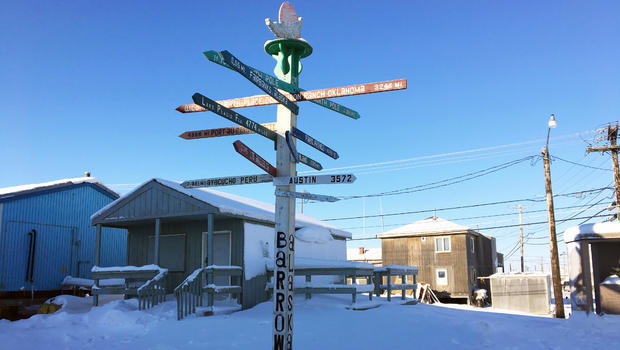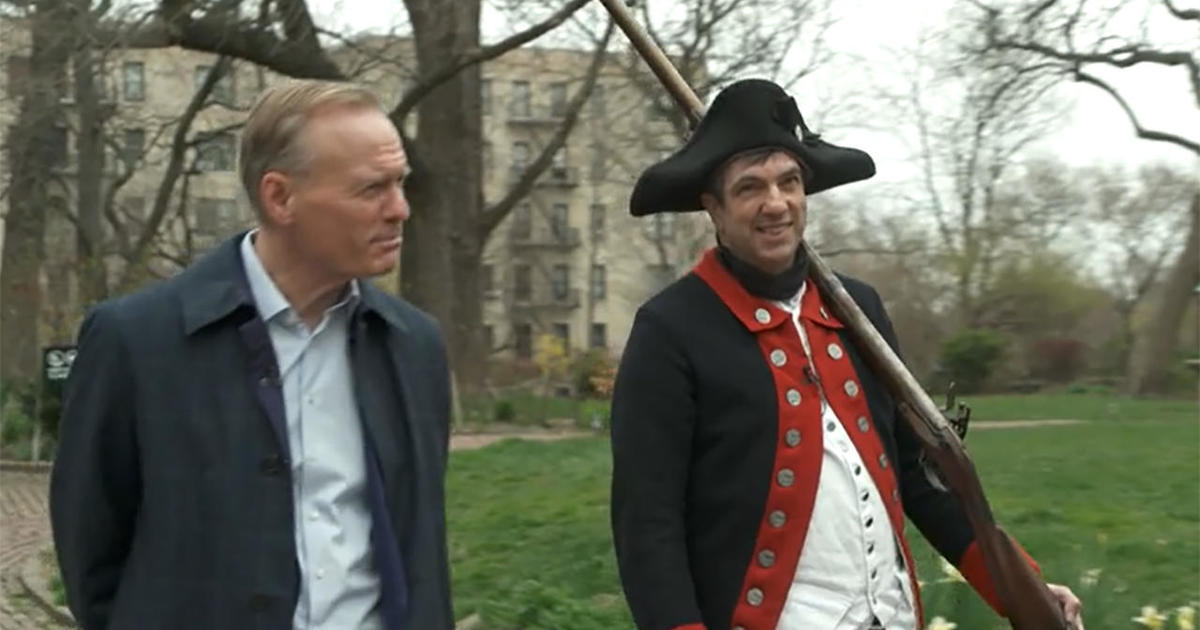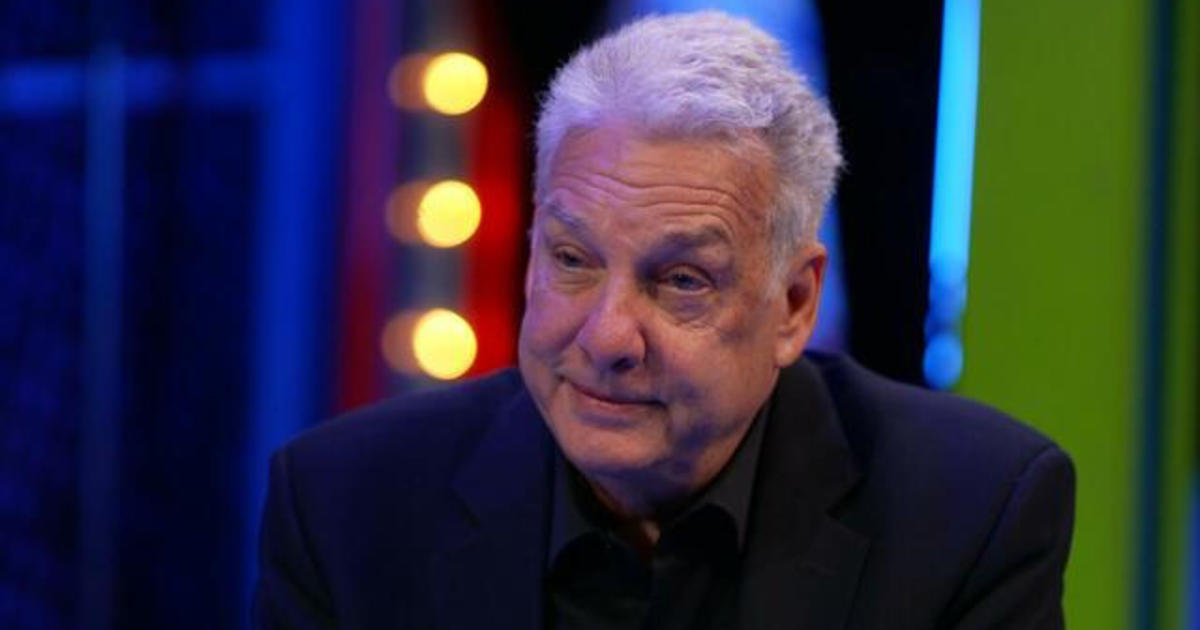As ice melts and temperatures rise, Alaska fights to stave off climate change
The 47th Earth Day on Saturday was marked by hundreds of rallies around the world to support the sciences and defend climate research that the White House is threatening to no longer fund.
Alaska may be ground zero for these cuts, despite environmental changes that have scientists deeply concerned.
With temperatures soaring last winter to 50 degrees above normal, the area around the North Pole is melting and the Arctic Sea ice is shrinking at a rate never seen before.
“We’re not talking about something that is 100 years from now. We’re talking about something that’s going to happen in the next decade,” said Jeremy Mathis, director of Arctic research for the National Oceanic and Atmospheric Administration.
“The Arctic is warming twice as fast as other parts of the planet,” Mathis said.
Mathis met CBS News in Utqiaġvik, Alaska, which was once called Barrow, and is the farthest northern city in the U.S. It’s also the site of a lonely outpost where NOAA monitors the Arctic Sea ice.
On the polar ice, it’s not just what you see, but what’s hidden below. In some areas, ice that was once nine feet thick is now as thin as three feet.
Asked why people should care about the Arctic, Mathis said “because it has connections to the entire Northern Hemisphere to people down in the lower 48 states.”
The warming Arctic is causing the jet stream to wobble across America and helping spawn massive weather events. The number of billion-dollar weather events in 2017 is on track to set a record:
As America’s weather becomes more destructive, early warning systems become more critical. But scientists could lose vital tools like climate-monitoring satellites under the Trump administration’s proposed budget cuts.
“As for climate change, I think the president was fairly straight forward,” White House budget director Mick Mulvaney said on March 16. “We’re not spending money on that anymore. We consider that to be a waste of your money,”
“They are going to be less aware of what’s coming down the road,” said John Walsh, chief scientist at the International Arctic Research Center at the University of Alaska in Fairbanks. “We’re basically ignoring threats to the well-being of future generations.”
In Alaska, warmer temperatures are melting the permafrost and villages are literally disappearing. Scientists say that today’s Alaska serves as a warning for what climate change will mean in the future for the rest of America.






